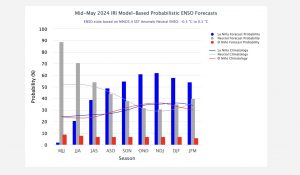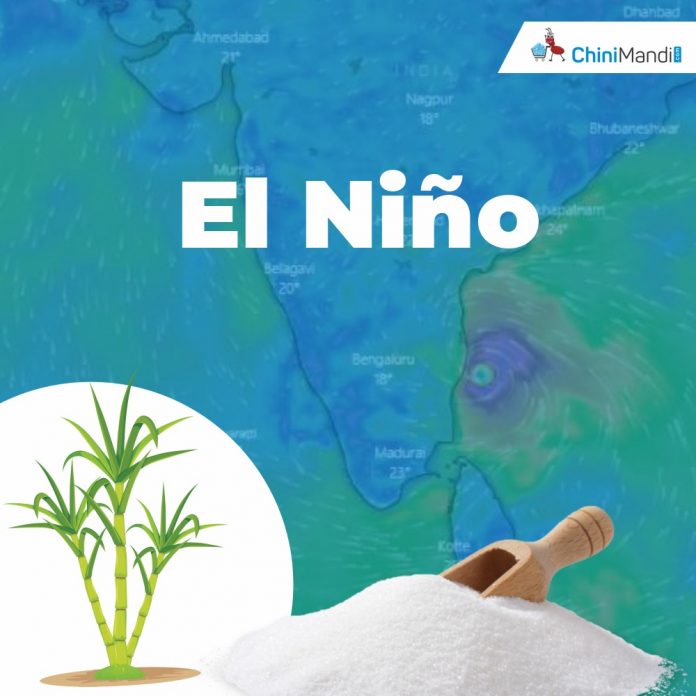The latest update from Skymet said that the 2023-24 El Nino event, which fuelled a spike in global temperatures, is now showing signs of waning. The report quoted the latest forecasts from WMO Global Producing Centre of Long Range Forecasts which give an equal chance (50%) of either ENSO neutral or a transition to La Nina during June-August 2024.
The chances of La Nina conditions increase to 60% during July-September and 70% during August-November. The El Nino component during the period is likely to be neutralised completely and expected to be between ‘Neutral’ and La Nina, in increasing order.
SkyMet said that large-scale cooling of the ocean surface temperatures in the central and eastern equatorial Pacific Ocean, coupled with changes in the tropical atmosphere circulation, namely winds, pressure and rainfall, commencing anytime soon, suggest that La Nina is on its way. However, the impact of La Nina varies depending on its intensity, duration, time of the year when it develops, and the interaction with the other modes of climate variability.

The Indian Ocean Dipole is currently neutral. Positive IOD events are generally associated with enhanced monsoon rainfall over the Indian subcontinent, while negative IOD events can lead to reduced monsoon rainfall. The international climate models survey suggests a positive IOD event may develop in the coming months. The latest model forecast indicates that the intensity of the event seems to have diluted and it may not be a strong IOD event this monsoon season.
The Madden-Julian Oscillation (MJO) signal which strengthened earlier, has quickly weakened over the first few days of June. In the absence of MJO support, the Indian seas may struggle to enhance the wet phase of the monsoon during the 2nd and 3rd week of June. Formation of monsoon low pressure or depression is essential to take the eastern arm of the monsoon further over the Indo-Gangetic plains. The progress may remain sluggish and is feared to be a repeat of June last year.












